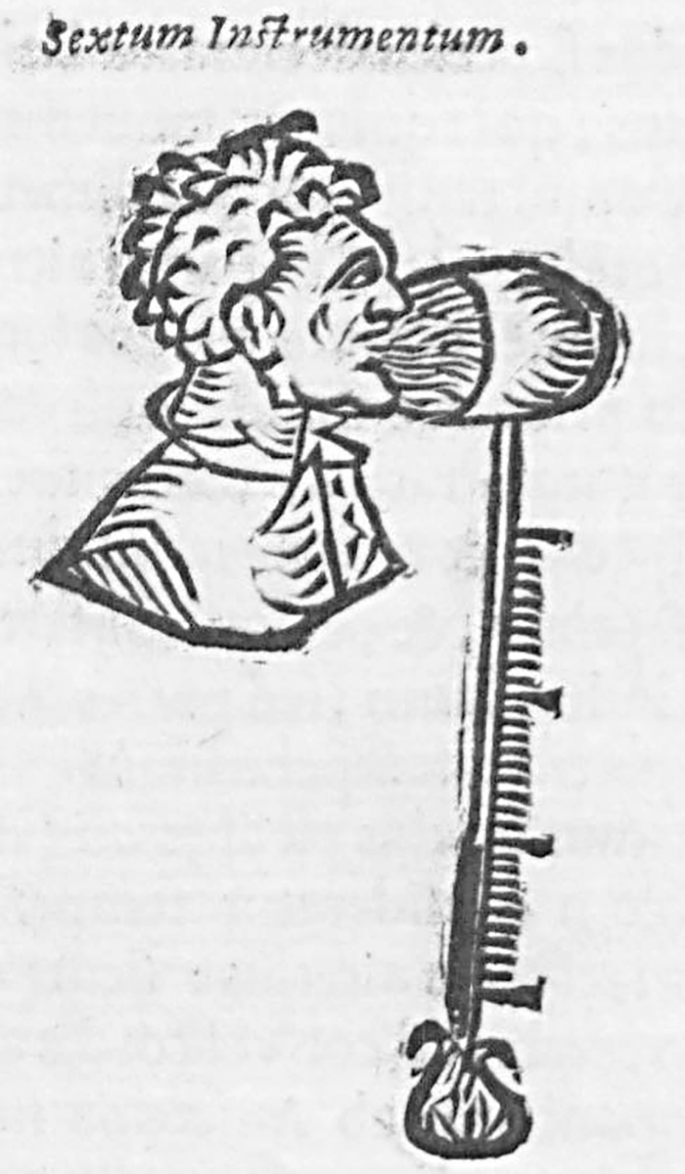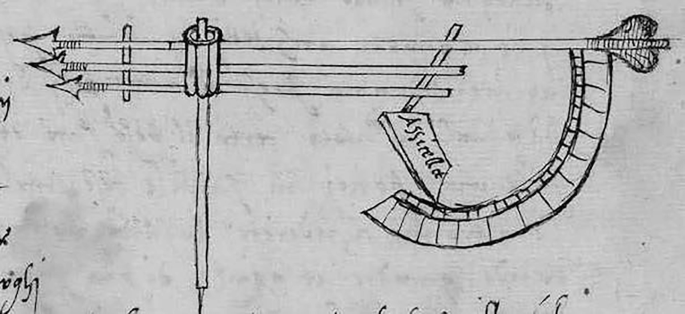4. What instrument was used to measure cardiac volumes? MRI 5. Does the instrument used to measure cardiac volume use X-Rays? Explain. Uses a magnetic field. This causes protons in the bodies fluids to arrange in a certain way and then are subjected to a pulse of radio waves which reads the positioning. 2-D image into 3-D image Results
The Measuring Instruments | SpringerLink
Echocardiography is often used to measure cardiac volumes, monitor wall motion, evaluate valve and intracardiac masses, and identify structural defects . These measurements use ultrasound frequency ranges between 2 and 18 MHz, with the standard 10 MHz instrument resulting in a longitudinal resolution of 150 µm at a frame rate between 15 and 40

Source Image: slideshare.net
Download Image
What instrument was used to measure cardiac volumes? Does the instrument used to measure cardiac volume use X-Rays? Explain. Results. Resting and Exercising Cardiac Cycle Length, EDV, and ESV … Assume that for one beat, the stroke volume of the left ventricle is greater than that of the right ventricle. Explain why in a normal heart this

Source Image: weareteachers.com
Download Image
The Measuring Instruments | SpringerLink In cardiac physiology, cardiac output ( CO ), also known as heart output and often denoted by the symbols , , or , [2] is the volumetric flow rate of the heart ‘s pumping output: that is, the volume of blood being pumped by a single ventricle of the heart, per unit time (usually measured per minute). Cardiac output (CO) is the product of the

Source Image: reddit.com
Download Image
What Instrument Was Used To Measure Cardiac Volumes
In cardiac physiology, cardiac output ( CO ), also known as heart output and often denoted by the symbols , , or , [2] is the volumetric flow rate of the heart ‘s pumping output: that is, the volume of blood being pumped by a single ventricle of the heart, per unit time (usually measured per minute). Cardiac output (CO) is the product of the Common methods of cardiac output measurement include the Fick method, indicator dilution, pulse contour analysis and the Doppler-based LVOT VTI method. There are advantages and limitations to each method, and the most invasive ones typically yield the most accurate and reproducible data. These methods can also be used to measure regional blood flow.
Does a $10,000 guitar sound better than a $300 one? Tone purists beware, you won’t like what you read. : r/Guitar
Study with Quizlet and memorize flashcards containing terms like Instrument used to measure cardiac volumes:, What does MRI use to create images?, In this experiment, exercising cardiac cycle length was approximately: and more. Longing for Home: A Proper Romance: Eden, Sarah M: 9781609074616: Amazon.com: Books

Source Image: amazon.com
Download Image
The Lost Art Of Sampling: Part 1 Study with Quizlet and memorize flashcards containing terms like Instrument used to measure cardiac volumes:, What does MRI use to create images?, In this experiment, exercising cardiac cycle length was approximately: and more.

Source Image: soundonsound.com
Download Image
The Measuring Instruments | SpringerLink 4. What instrument was used to measure cardiac volumes? MRI 5. Does the instrument used to measure cardiac volume use X-Rays? Explain. Uses a magnetic field. This causes protons in the bodies fluids to arrange in a certain way and then are subjected to a pulse of radio waves which reads the positioning. 2-D image into 3-D image Results

Source Image: link.springer.com
Download Image
The Measuring Instruments | SpringerLink What instrument was used to measure cardiac volumes? Does the instrument used to measure cardiac volume use X-Rays? Explain. Results. Resting and Exercising Cardiac Cycle Length, EDV, and ESV … Assume that for one beat, the stroke volume of the left ventricle is greater than that of the right ventricle. Explain why in a normal heart this

Source Image: link.springer.com
Download Image
SS-30M: The Review Is In Quantitative cardiac volumes and measurements can be obtained for the left and right cardiac chambers and include the following 1-3: end-diastolic diameter interventricular septum thickness end-diastolic volume (EDV) [mL] and end-diastolic volume index (EDVI) [mL/m 2] end-systolic volume (ESV) [mL] and end-systolic volume index (ESVI) [mL/m 2]

Source Image: ss30m.blogspot.com
Download Image
About Instrumentation: Ultrasonic level measurement : Indirect method In cardiac physiology, cardiac output ( CO ), also known as heart output and often denoted by the symbols , , or , [2] is the volumetric flow rate of the heart ‘s pumping output: that is, the volume of blood being pumped by a single ventricle of the heart, per unit time (usually measured per minute). Cardiac output (CO) is the product of the

Source Image: aboutinstrumentation.blogspot.com
Download Image
The Lost Weekend (1945) | The Blonde at the Film Common methods of cardiac output measurement include the Fick method, indicator dilution, pulse contour analysis and the Doppler-based LVOT VTI method. There are advantages and limitations to each method, and the most invasive ones typically yield the most accurate and reproducible data. These methods can also be used to measure regional blood flow.

Source Image: theblondeatthefilm.com
Download Image
The Lost Art Of Sampling: Part 1
The Lost Weekend (1945) | The Blonde at the Film Echocardiography is often used to measure cardiac volumes, monitor wall motion, evaluate valve and intracardiac masses, and identify structural defects . These measurements use ultrasound frequency ranges between 2 and 18 MHz, with the standard 10 MHz instrument resulting in a longitudinal resolution of 150 µm at a frame rate between 15 and 40
The Measuring Instruments | SpringerLink About Instrumentation: Ultrasonic level measurement : Indirect method Quantitative cardiac volumes and measurements can be obtained for the left and right cardiac chambers and include the following 1-3: end-diastolic diameter interventricular septum thickness end-diastolic volume (EDV) [mL] and end-diastolic volume index (EDVI) [mL/m 2] end-systolic volume (ESV) [mL] and end-systolic volume index (ESVI) [mL/m 2]